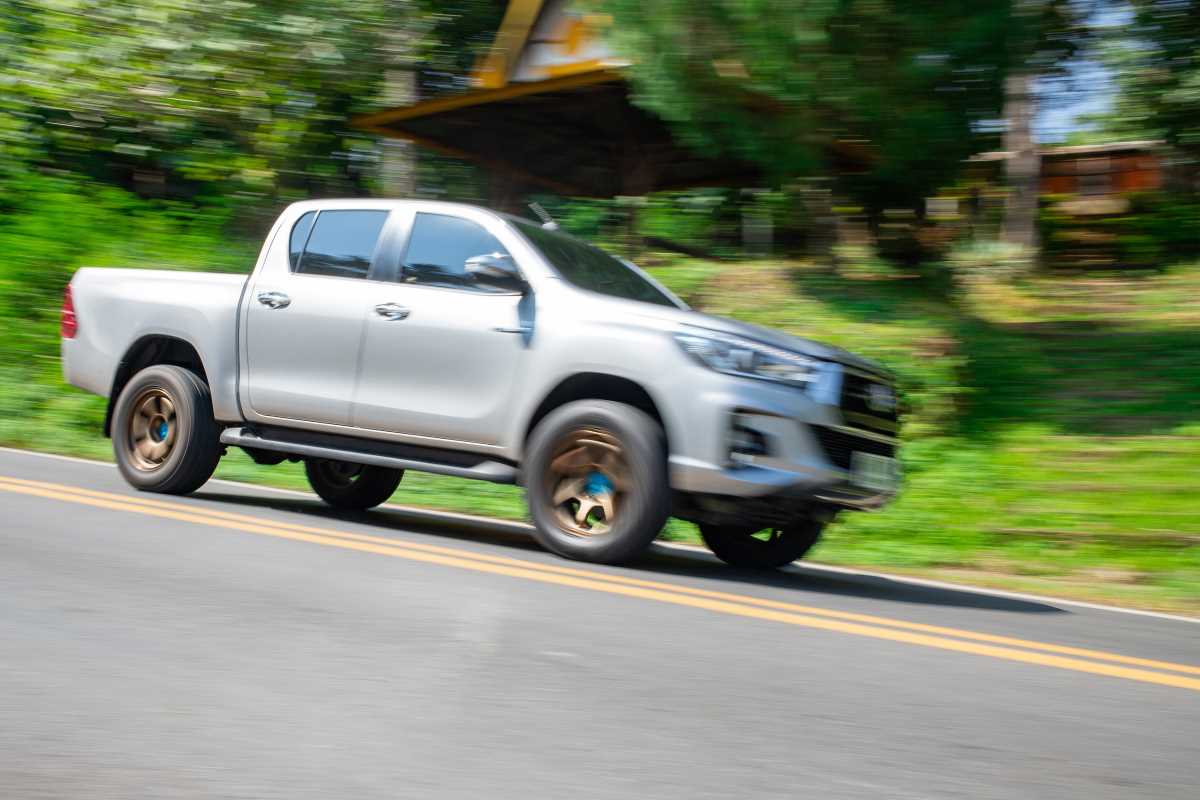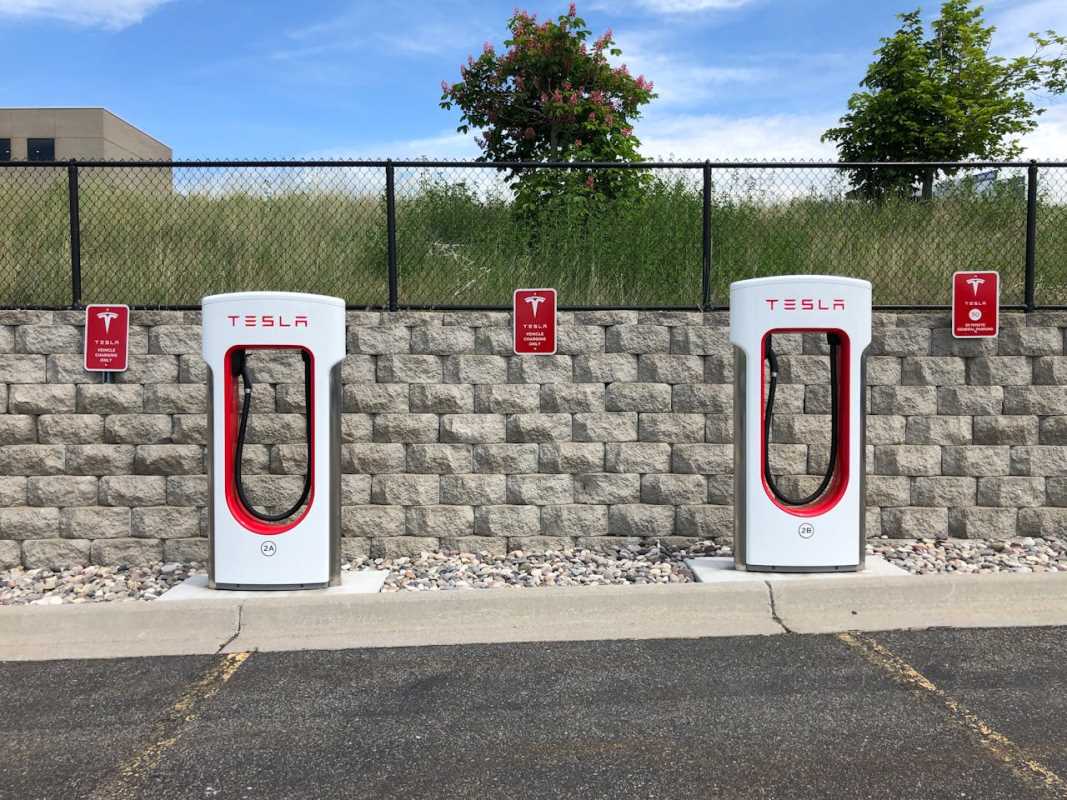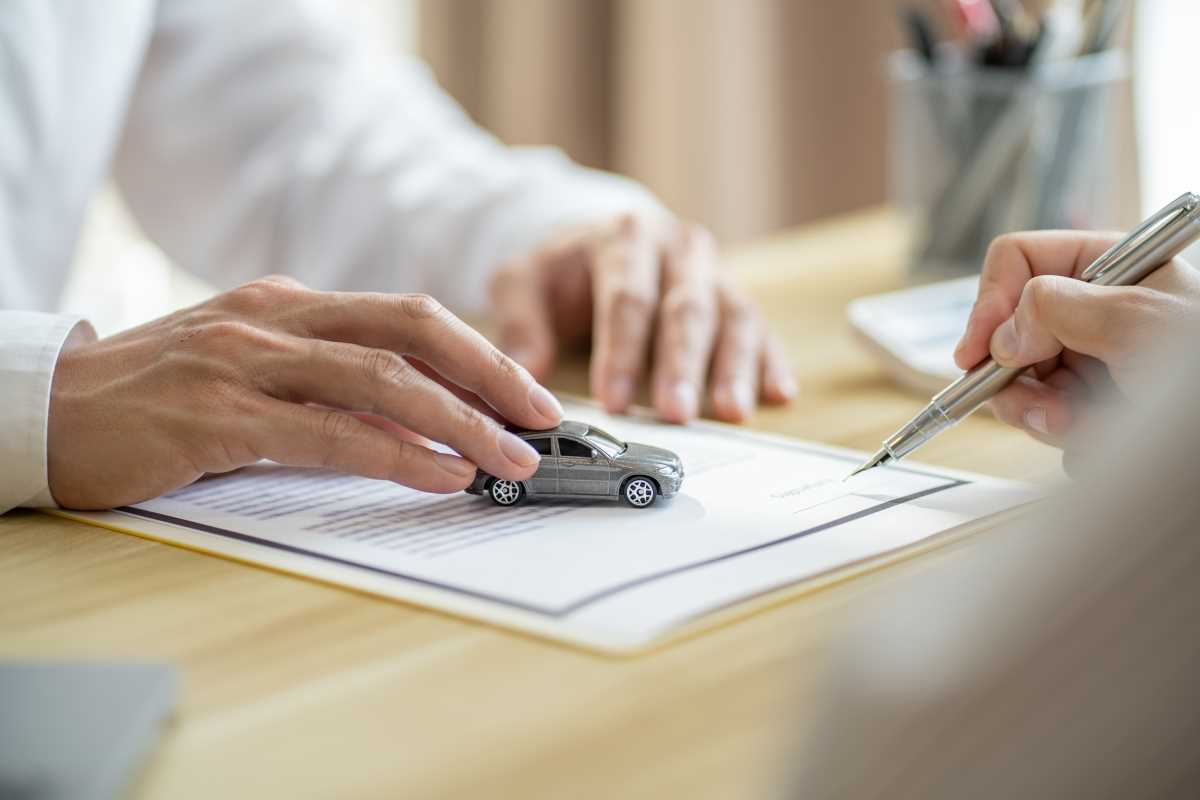Hearing that your car is a "total loss" after an accident can be a jarring experience. It’s a term that brings up a lot of questions and uncertainty during an already stressful time. You might be wondering what it means, how it’s decided, and what comes next. We’ve got you covered. Understanding this process is the first step toward moving forward with confidence. This guide will walk you through every part of the total loss process, from the initial assessment to your final payout, empowering you with the knowledge you need to navigate the road ahead. You’ve got this, and we’re here to help.
What Does "Total Loss" Actually Mean?
A car is declared a total loss when the cost to repair it is higher than its value before the accident. Every insurance company, and every state, has a specific threshold for making this determination. This is called the total loss threshold. It's a percentage of the car's pre-accident value.
For example, many states set this threshold at around 75%. This means if your car was worth $10,000 before the accident, it would be declared a total loss if the repair estimate exceeds $7,500. Some insurers have their own internal policies that might declare a car a total loss even if the repair cost is slightly lower than the threshold, especially if hidden damage is likely. The goal is to make the most financially sound decision for both you and the insurer.
How Is My Car's Value Determined?
The most critical number in a total loss claim is your car's Actual Cash Value, or ACV. This is the amount your insurer determines your vehicle was worth the moment before the accident occurred. It's important to know that ACV is not the same as what you originally paid for the car or what you might see it listed for at a dealership.
To calculate the ACV, an adjuster conducts a detailed evaluation, looking at several key factors:
- Make, Model, and Year: The foundation of your car's value.
- Mileage: Lower mileage generally increases the value.
- Overall Condition: The adjuster will assess the pre-accident condition of the interior, exterior, and mechanical components. Any prior damage, wear, and tear will be noted.
- Custom Features and Upgrades: Aftermarket parts or special packages can sometimes add value, especially if you have custom parts and equipment (CPE) coverage.
- Comparable Sales Data: This is a big one. The adjuster will research recent sales prices of similar vehicles in your local market. This helps establish a fair market value for what your car could have sold for right before the accident.
We encourage you to be an active part of this process. Provide the adjuster with any recent maintenance records or documentation of upgrades you've made to ensure they have a complete and accurate picture of your vehicle.
The Total Loss Process: A Step-by-Step Guide
The process can feel complicated, but it follows a clear path. Here’s what you can expect after your car is declared a total loss.
1. The Declaration and Valuation
After inspecting the damage, your claims adjuster will inform you that your car is a total loss. They will then complete the valuation process described above and present you with a detailed report showing how they calculated the ACV. Take your time to review this report carefully. You’ve got this, and it’s okay to ask questions.
2. The Settlement Offer
Once the ACV is set, the insurer will make a settlement offer. This amount will be the ACV of your vehicle, minus your collision or comprehensive deductible. For example, if your car's ACV is $12,000 and you have a $1,000 deductible, your settlement check would be for $11,000. Sales tax and other applicable fees for a replacement vehicle are often included in the settlement, though this varies by state and policy.
3. Handling the Car Loan (If You Have One)
You are still responsible for paying off your car loan even if the vehicle is totaled. The settlement check from the insurance company will typically be sent directly to your lender first.
- If the settlement is more than what you owe: The lender will take the amount needed to pay off the loan, and the remaining balance will be sent to you.
- If the settlement is less than what you owe: This is known as being "upside down" or having "negative equity" in your loan. You will be responsible for paying the difference to the lender.
This is where Guaranteed Asset Protection, or GAP insurance, becomes incredibly valuable. If you have GAP coverage, it will step in to pay the difference between your settlement and what you still owe on your loan.
4. Transferring the Title and Handing Over the Keys
As part of the settlement, you will need to sign over the vehicle's title to the insurance company. This officially transfers ownership to them. You will also need to remove all your personal belongings from the car and give the keys to the insurer. The insurance company now owns the vehicle and will typically sell it for salvage to a parts recycler or auction yard.
5. Receiving Your Payout
After the title is transferred and all paperwork is complete, you will receive your final payout. This will either be the full settlement amount (if you own the car outright) or the amount left over after your lender has been paid. Now you can begin the process of shopping for your next vehicle.
What If You Disagree with the Settlement Offer?
You have the right to negotiate if you believe the insurance company’s valuation of your car is too low. You can and should advocate for yourself. Here’s how you can prepare to make your case:
- Do Your Own Research: Find your own "comps." Look up recent sales prices for vehicles with the same make, model, year, and condition in your local area. Websites like Kelley Blue Book, Edmunds, and NADAguides are great resources, but focus on private-party sale values, not dealer retail prices.
- Gather Your Documentation: Put together a file with all your maintenance records, receipts for recent repairs or new tires, and photos that show the excellent condition of your car before the accident.
- Present Your Case Calmly: Contact your adjuster with your research and documentation in hand. Calmly and politely explain why you believe their ACV calculation is not accurate and present your evidence. A well-reasoned argument is much more effective than an emotional one.
- Consider a Third-Party Appraisal: If you and the insurer still can't agree, many policies include an "appraisal clause." This allows both you and the insurer to hire independent appraisers. The appraisers will then work together to determine a fair value.
Can You Keep Your Totaled Car?
In some cases, you may have the option to keep your vehicle even after it’s been declared a total loss. This is often called "owner retention." Should you choose this path, the insurer will pay you the ACV of the car minus both your deductible and the salvage value (the amount the insurer would have gotten from selling it).
However, you must be aware of the challenges. The car will be given a "salvage title," which means it cannot be legally driven on the road until it is repaired and passes a rigorous state inspection. Getting insurance for a car with a salvage title can also be very difficult and expensive. This option is usually best for people who have the mechanical expertise to repair the car themselves.
 (Image via
(Image via





